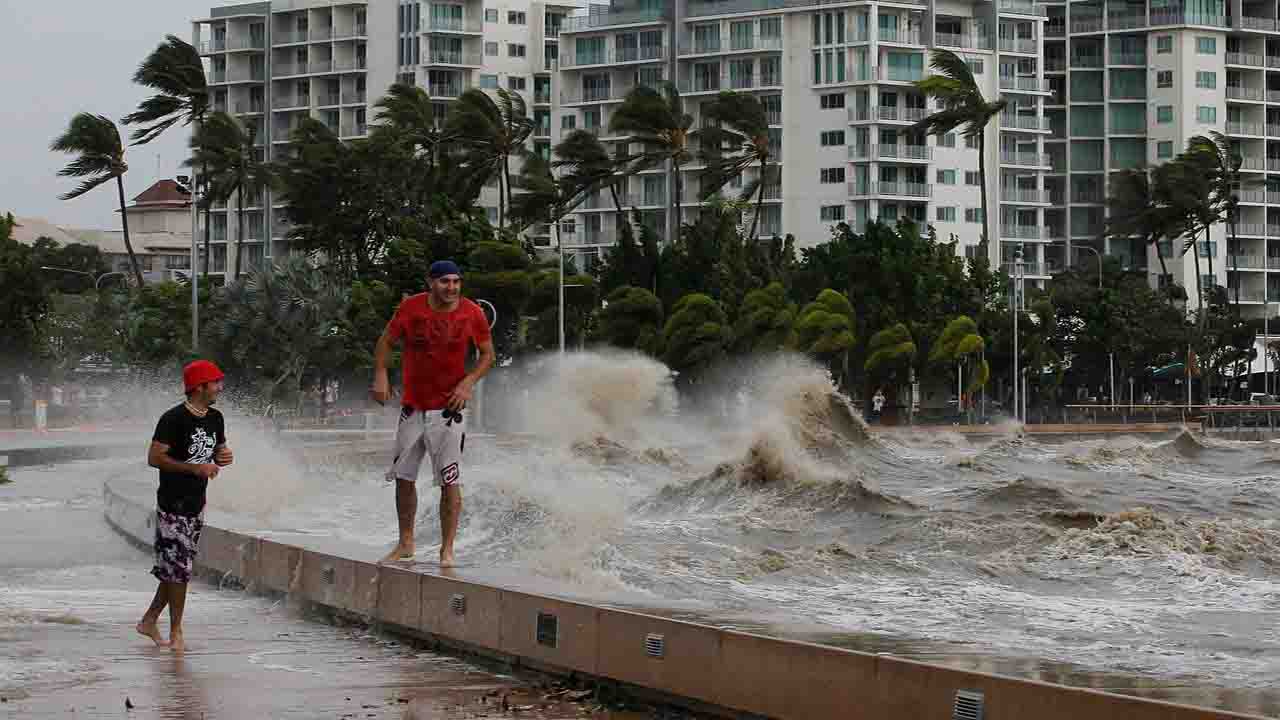In the aftermath of Tropical Cyclone Jasper’s passage through Australia’s northeast, residents of tourist towns find themselves grappling with the looming threat of flash flooding. The cyclone, having barreled through the far north regions of Queensland, where numerous resorts along the renowned Great Barrier Reef are housed, has left in its wake a trail of uprooted trees, widespread power outages affecting tens of thousands, and necessitated evacuations and road closures.
Having made landfall on Wednesday as a Category 2 storm, positioned three tiers below the highest wind speed classification, Jasper has since been downgraded to a tropical low. The storm is presently traversing a northwesterly trajectory toward the Gulf of Carpentaria, where meteorological forecasts from Australia’s Bureau of Meteorology indicate a potential re-intensification to cyclonic strength over the ensuing weekend. Despite the downgrade, the weather bureau is cautioning residents in the cyclone-affected areas to remain vigilant as heavy rainfall is anticipated over the next 24 hours. Laura Boekel, a senior forecaster at the Bureau of Meteorology, emphasized the fluid nature of the situation during a media briefing, asserting that precipitation is ongoing and expected to persist throughout the day and evening. Projections suggest that certain regions may experience up to 300 mm (approximately one foot) of rainfall, heightening the risk of “life-threatening flash flooding,” according to Boekel.
Presently, approximately 40,000 properties find themselves without power, as confirmed by operator Ergon Energy. Television broadcasts have captured scenes of streets cluttered with toppled trees, necessitating emergency crews to engage in clearing operations. Reports have also surfaced of the successful rescue of eight individuals stranded on the roof of a house in a flooded street near Port Douglas.
While cleanup initiatives are underway in the cyclone-affected north, a stark contrast unfolds in neighboring New South Wales. Here, a severe heatwave is anticipated, with temperatures set to soar to around 40 degrees Celsius (104°F). A total fire ban has been imposed for the Greater Sydney region as authorities brace for the challenging conditions. The current scenario in Australia is further compounded by the influence of the El Niño phenomenon, which, this summer, has manifested in a spectrum of extreme weather events ranging from wildfires and tropical cyclones to prolonged droughts.








